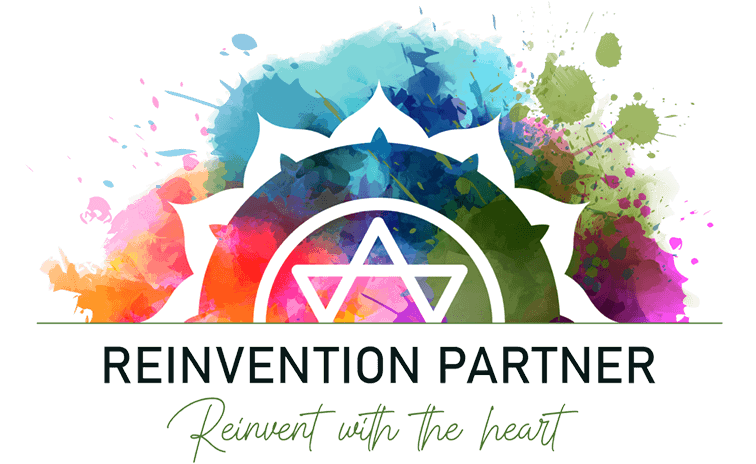Recently, I had a profound discussion with board members of a renowned company, exploring potential collaboration to reinvent their HR function and organizational culture which, as described, is currently facing significant challenges.
The conversation was concerning. A key issue highlighted was the ongoing conflict between unions and the management board. This conflict manifests in unsettling ways, especially how unions and influential insiders are undermining new management team members. The situation transcends mere workplace disagreements, resembling a drama of the lowest standards. There are accusations of mobbing, spreading falsehoods in the media, and openly hostile behavior.
Such scenarios are more than just workplace disputes; they are vivid demonstrations of human drama within professional settings. The company’s long history of frequent management changes and constant reorganizations has led employees to develop coping mechanisms, often centered around an “us versus them” mentality. This has bred a highly toxic culture, characterized by lying, sabotage, defamation, and rampant gossip.
Hearing these stories is deeply saddening. It’s a stark reminder that in such conflicts, nobody wins. Instead, these situations often bring out the worst in people, eroding the very fabric of a healthy workplace environment. It’s a crucial lesson about the importance of dialogue and basic trust, regardless of whether we represent unions, management, or any other function.
In my eBook, “We Need Soul-Designed Organisations,” I emphasize that addressing such drama is critical before implementing any change. This task is daunting, as there is no universal solution. However, without openly and consistently confronting these issues, altering the organizational culture or implementing any significant organizational change is nearly impossible.
Navigating the turbulent waters of workplace drama can be a challenging endeavor, but I believe it’s crucial for maintaining a healthy and productive work environment. I’d like to share some strategies that I’ve found effective in addressing these issues:
Acknowledge and Address: The first step is to openly acknowledge that there’s drama and conflict within the organization. It’s important to communicate your intention to address all underlying issues. This sets a foundation for open collaboration and problem-solving.
Establish 1:1 Dialogue: Engage in one-on-one conversations with key influencers and participants in the drama. The aim here is to gain clarity on their needs and agendas. Understanding their perspectives is critical in resolving conflicts.
Remain Calm, Curious, and Compassionate: In all interactions, it’s vital to stay calm and approach each dialogue with curiosity and compassion. Leading with an open heart allows you to uncover the real issues behind the anger and sabotage.
Avoid Personalizing Conflict: It’s easy to take things personally in heated situations. Remember, often you’re dealing with individuals who are emotionally hurt. Showing understanding, compassion, and patience can go a long way in healing wounds. Don’t let your own ego lead you to the unproductive games!
Respond with Empathy, Not Logic: When addressing emotional drama, logical arguments often fall short. It’s more effective to address feelings of anger and frustration with compassion and gentleness. Recognize the human need to feel heard and validated.
These approaches could foster dialogue and rebuild trust in such fractured environments.

